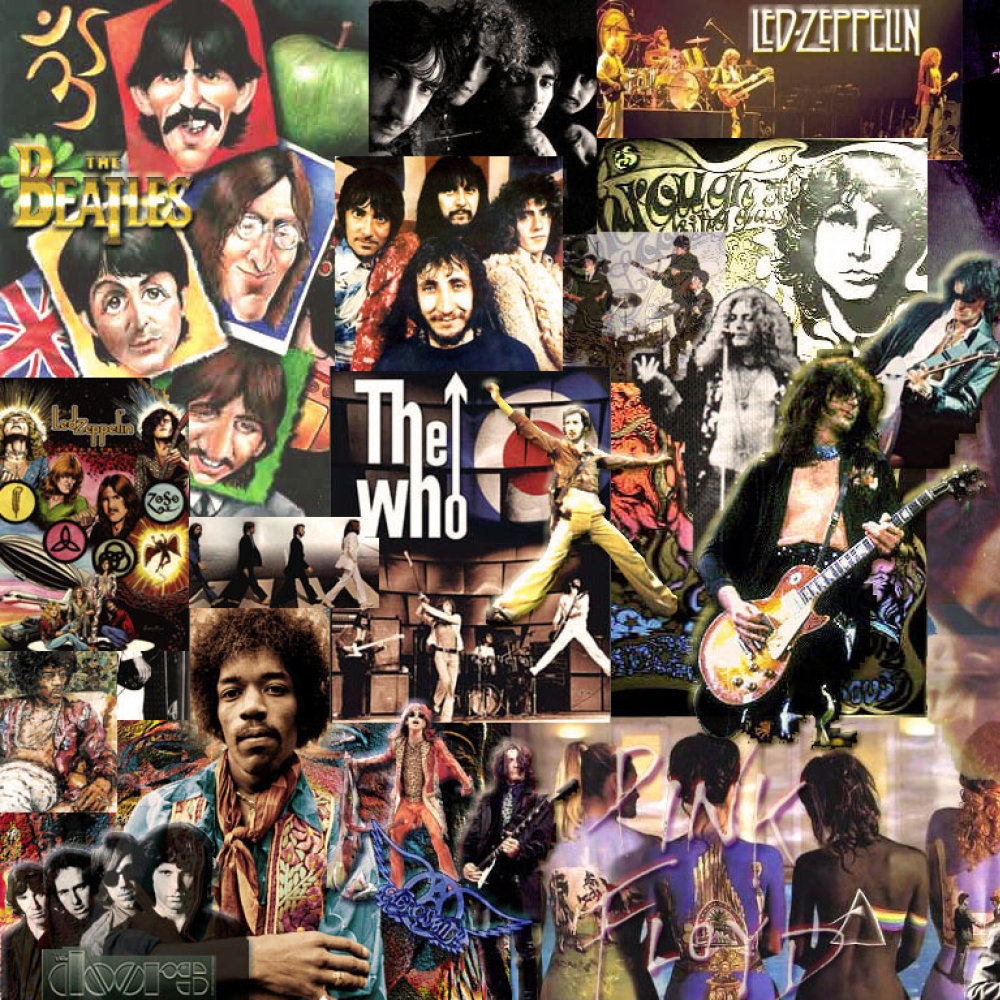

The latest official statistic I could find for the total number of artists on Spotify arrived in March 2018, within the prospectus the firm sent to would-be investors before its flotation on the New York Stock Exchange. I checked in with Spotify, which clarified that the second version (90%, not 10%) is correct ergo, 90% of all streams on Spotify are now shared between 43,000 artists. Then, a few hours later, a different version of the same letter was available on Spotify’s own investor site, complete with this subtle change: “Growth in the number of artists making up our top tier - those accounting for the top 90% of streams - is accelerating that cohort now stands at over 43,000 artists, up 43% from 30,000 one year ago.”

Within the letter, the company revealed a startling statistic: “Growth in the number of artists making up our top tier - those accounting for the top 10% of streams - is accelerating that cohort now stands at over 43,000 artists, up 43% from 30,000 one year ago.” On Wednesday (July 29th), Spotify issued its customary quarterly letter to shareholders, revealing that its global subscriber base had grown by 8 million in the second quarter, up to 138 million. Of course many of the artists on the list belong to pop and hip hop, showing the strength of those genres in the current climate, but some rock (albeit soft rock) makes it on.I’ve been intrigued, impressed, and surprised by Spotify’s earnings results over the years - but never quite so confused. Though Apple Music, Amazon, and SoundCloud make up significant portions of the streaming landscape, no other service is looked to as intensely as Spotify for industry metrics and strength.Īs such, being listed on the service’s most streamed artists of all time is no small feat. There’s no doubt that Spotify is the industry leader in streaming services.


 0 kommentar(er)
0 kommentar(er)
